Internet of Things! (IoT) What is it? and predictions for this year. 🌐💥
In today's article we will continue with the series of posts devoted to the most relevant technologies in the virtual world this 2018, and we will continue this time with the Internet of Things or IoT.
Internet of Things (IC) is growing rapidly and 2018 will be a fascinating year for this sector. The Internet of Things technology continues to evolve at an incredibly fast pace. Consumers and related companies are anticipating the next big innovation. Everyone is prepared to take on the innovative impact of the Internet of things in our lives, such as ATMs that report crimes that occur in the surroundings, forks that tell the user if they are eating too fast, or IP addresses destined for every organ of the body so that doctors can connect and check its operation.
There will still be a lack of standardization
Digitally connected devices are fast becoming essential elements of our daily lives. While the adoption of the Internet of Things (IoT) will be profound, it is likely to develop slowly. The first reason that explains this fact is the lack of standardization.
While industry leaders are trying to develop specific standards and end fragmentation, it will continue to exist. In the near future of the Internet of things it is not likely that there are clear standards. Unless an accredited organization such as the IEEE intervenes and leads the way in which the government imposes restrictions when doing business with companies if they do not use unified standards.
The obstacles to standardization of IoT can be divided into 3 categories; platform, connectivity, and applications:
Platform: this category includes the form and design of the products (user interface and user experience), the analysis tools used to securely handle the transmission of huge volumes of data from all products and scalability.
Connectivity: this category includes all the day-to-day elements of consumers who use portable devices, as well as smart cars, smart homes and, at a higher level, smart cities. From the business perspective, we have a connectivity that uses IIoT (Industrial Internet of Things), where machine-to-machine communications dominate the landscape.
Applications: in this category, any determining application must perform three functions: control things, collect data and analyze data. IC needs critical applications to drive the business model using a unified platform.
All three categories are interrelated and are needed in their entirety for all three to work. If one is missing, the model will not work and the standardization process will stop. Much work needs to be done in this process and many companies participate in each of the categories, so bringing them together and agreeing on unifying standards will be a very difficult task.
More connectivity and more devices
The rapid proliferation of the Internet of Things in the last 3 years has led to the emergence of billions of interconnected devices. The consumer is "hooked" to more and more devices. The number of connected devices grew exponentially each year. In 2018, at least it will double and in 2021 it will reach the milestone of 46,000 million. More and more IoT devices will penetrate the channels, surpassing everything known so far. It is a clear indication of our direct dependence on the devices and how the future is configured.
As the Internet of Things continues to expand, we will see an increase in devices connected to the network in different areas, both in business and consumer markets. Smart devices will become de facto elements for those people who manage IoT devices. The advantages of using smart devices in this regard include the enhancement of customer commitment, increased visibility and rationalization of communication that will include new human-machine interfaces such as the user voice interface (UVI) or Chatbot.
New security hope: Convergence between Blockchain and IoT technology
As with most technology, security will be the biggest challenge to face. As the world increasingly uses cutting-edge technology, devices are easy prey for cybercriminals. Evans Data says that 92% of Internet of Things developers believe that security will continue to be a problem in the future. Consumers not only have to worry about smartphones, but other devices such as baby monitors, Wi-Fi-enabled cars, portable devices and medical devices can be hacked. Undoubtedly, security is a major concern and it is necessary to address all detected vulnerabilities.
How does it work?
The Blockchain is a "new hope" for the security of the Internet of Things. The amazing conquest of cryptocurrencies, which are based on Blockchain technology, has made technology the champion of integrated transactions, reducing costs and eliminating the need to rely on a centralized data source.
Blockchain works by improving trust commitments, using a secure, accelerated and transparent transaction pattern. Real-time data from an Internet of Things channel can be used in such transactions while preserving the privacy of all parties involved.
The block chain is decentralized, so there is no single authority that approves transactions or defines specific rules for accepting transactions. This implies that there is an enormous level of trust, since all the participants in the network must reach a consensus to accept transactions. And, what is more important, it is safe. The database can only be expanded and previous records can not be changed.
In 2018, the increased interest in Blockchain technology will make the next logical step for manufacturers and suppliers the convergence between Blockchain and Internet devices and services of Things, and many will compete for labels like "Blockchain Certified".
Investments in IoT will persist
IDC predicts that by 2021 IoT spending will reach approximately US $ 1,400 billion. This coincides with the fact that companies continue to invest in hardware, software, services and IoT connectivity. Virtually all industrial sectors will be affected by the Internet of Things, which means that many companies will benefit from its rapid growth. The hardware category will concentrate a higher level of investment until 2021, especially with regard to modules and sensors, although it is expected to be surpassed by the category of services (which is experiencing rapid growth). Also, software spending will be mainly focused on software for applications including mobile applications.
The undeniable impact of the Internet of Things has attracted and will continue to attract more venture capital to very innovative projects. It is one of the few markets that capture both the interest of emerging venture capital and traditional venture capital. While next year's growth is firmly proven and the true potential is still unknown, Internet betting on Things will be preferred over any other. Many businesses have confirmed that they will add IoT to their service model from the transportation or retail sector to the insurers and the mining industry.
More visibility for computing "in the fog"
Fog computing allows calculation, decision-making, and adoption of measures through IoT devices and only uploads relevant data to the cloud. Cisco coined the term "fog computing" and gave it an excellent definition:
"Fog computing extends the cloud so that it is closer to the things that produce and act on the IoT data. These devices, called fog nodes, can be deployed anywhere that has a connection to the network: on the floor of a factory, on top of an electricity pole, next to the train tracks, in a vehicle or an oil platform. Any device with computing capacity, storage and network connectivity can be a fog node. For example, industrial controllers, switches, routers, integrated servers and video surveillance cameras. "
Las ventajas que supone el uso de la informática en la niebla resultan muy atractivas para los proveedores de soluciones de IC. He aquí algunas de las ventajas: latencia mínima, se conserva el ancho de banda en la red y se opera de forma fiable con decisiones rápidas. Recopilar y asegurar grandes cantidades datos, desplazar datos al mejor sitio para procesarlos con un mejor nivel de análisis e ideas respecto a los datos locales. El Blockchain también puede implementarse a un nivel de nodos de niebla.
Artificial Intelligence and IoT shake hands
The amalgamation of the Internet of Things and Artificial Intelligence (AI) data analysis for applications ranging from elevator maintenance to smart homes, will progress rapidly over the next two years. The providers of platforms and services are contributing more and more solutions with integrated analytics, to introduce data directly to AI algorithms. Another important advantage that involves the use of AI is the optimization and adaptation of both the Internet of Things devices, and the processes and infrastructure related to them.
Artificial Intelligence can assist the analysis of IoT data in the following areas: data preparation, data discovery, data transmission visualization, time series data accuracy, predictive and advanced analysis, geospatial data and real-time localization (logistic data).
Internet of things as a service (IoTaaS)
Transformational business models will be developed in many vertical elements of the Internet of Things throughout 2018 and 2019, supported by Big Data and Artificial Intelligence tools. In these models, the value lies in the comfort of the service for the end customers (on demand and not requiring considerable initial expenses), and the usage data that is collected, analyzed and reintroduced in the businesses and processes of the suppliers.
But, the potential for the transformation of the Internet of Things business model goes further to encompass a growing variety of more complex, business-as-a-service models that have a disruptive character for existing industries, particularly with respect to areas such as heavy industry, transport and logistics or smart cities.
For these industries, IoT solutions can achieve a better managed and ongoing service relationship with both technology providers and end customers. One selling argument is that the costs can be directly linked to the current measured usage or to specific trigger events captured by the IoT sensors (eg, "glass break" solutions in which the sensors choose when to divide a building or a vehicle). Examples of such models include lighting as a service (L-a-a-S), rail as a service (R-a-a-S) or even elevators as a service (E-a-a-S).
Big Data Analytics, IoT and Artificial Intelligence
The exchange of dynamic data is located at the heart of the IoT and Big Data analytics will have an instrumental nature when building sensitive applications. The integration of data channels from the Internet of Things with Artificial Intelligence to recover analytical ideas on demand will definitely grow exponentially in 2018. Subsequently, the need for knowledge about Big Data and AI will increase, as the time that most service providers have highlighted the shortage of well-trained candidates in these areas. In any case, in many companies, internal training programs will be launched in close contact with Research and Development.
I think that by the time we are closing this year, a high percentage of electronic devices in our home will be connected to the Internet. The security of personal and private information is something that can not be simply ignored, security must be guaranteed for the IoT to succeed in the market
What is your opinion about the Internet of Things?.
Always a pleasure, @michaelizer.
Fuente: bbvaOpenMind, IBM & Hipertextual.
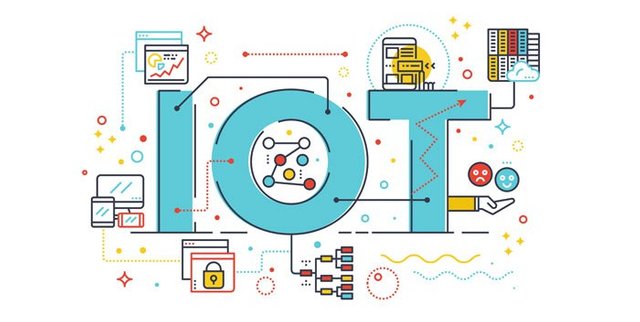

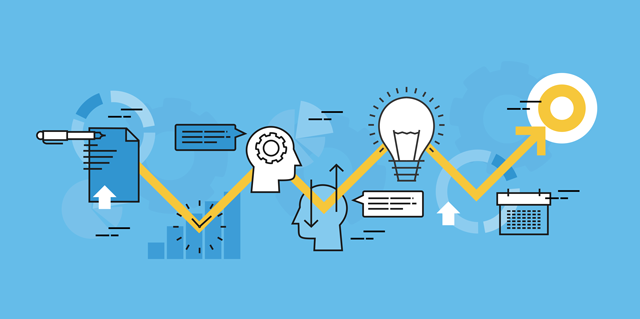
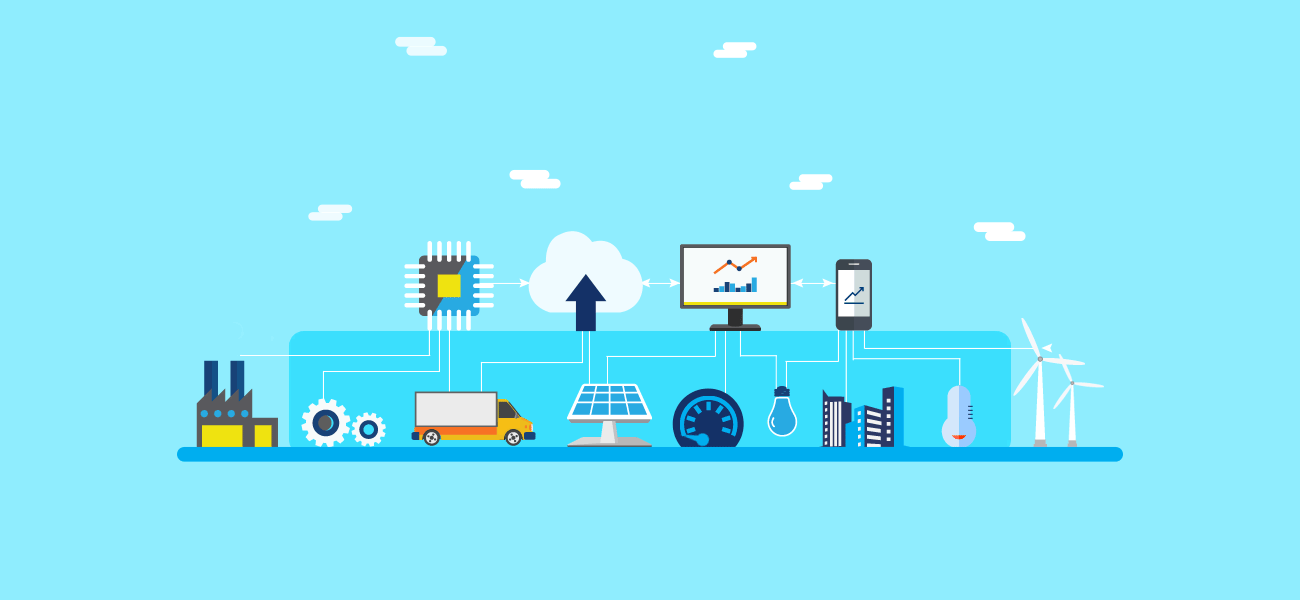
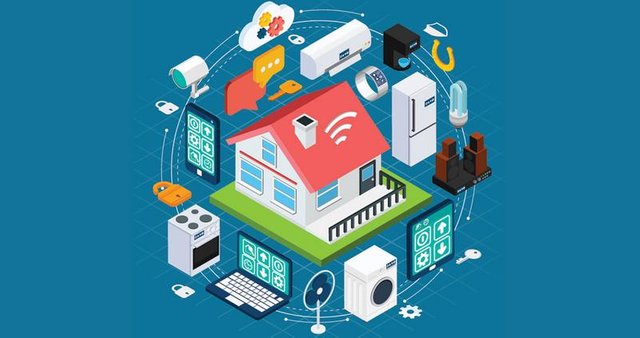
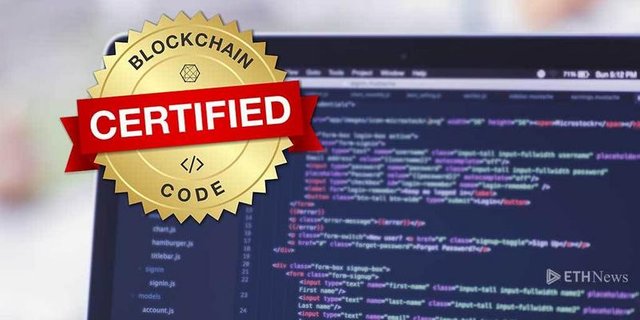

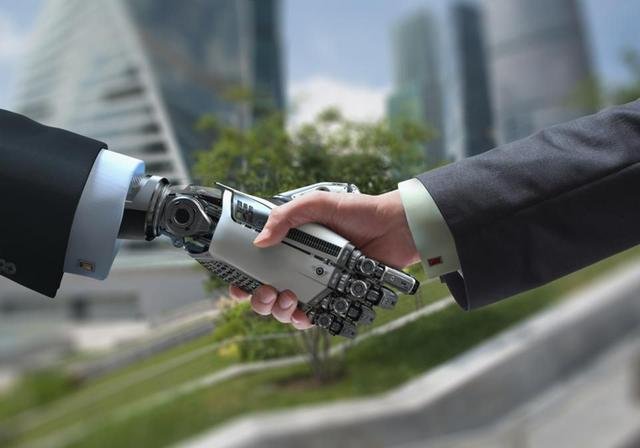
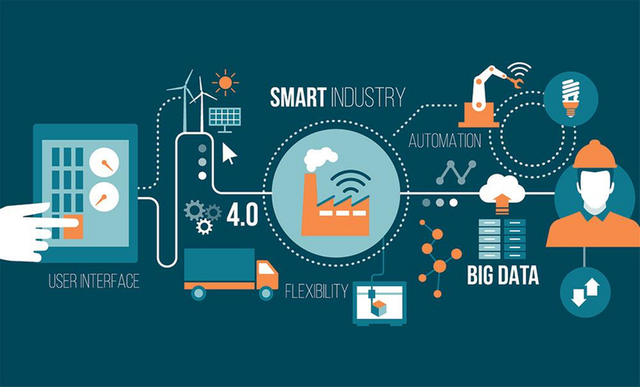

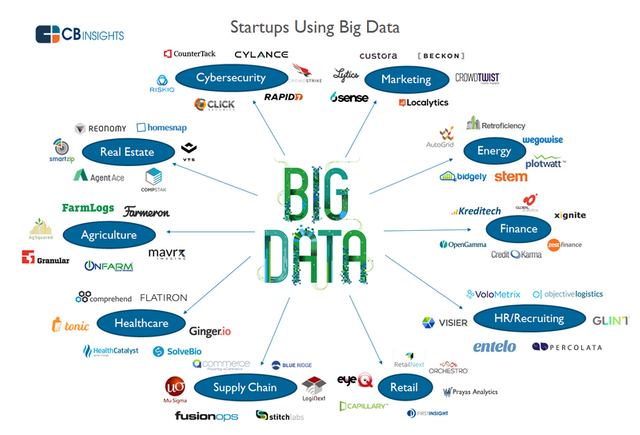
Great write up. I just don't see how this could spread as fast as you say.
Do you know of any big companies that are already taking IoT to the consumer market?
There are some of projects out there like this, It's not an easy investment but investing in the future never is. I really do believe that we'll end this year soaked with that technology. Thanks for reading! and cheers haha
Thank you for keeping us informed of the Internet of Things. I think this is very significant and will change the way smart apps are made. This is really a thorough post as all your posts are. This is what people today really can't get. They think block chain is some sort of scam but these applications will be put into practice before I realize it. I am not sure when the internet of things will become common place.
Thank you very much for your words, I always try to put a lot of effort on my posts. And yes, by the time we realize we will be surrounded by all these technologies. I'm not sure either but I do believe this is gonna be a huge year for it.
Great article, really enjoyed the read! IoT will become big, although I had hoped the growth would be somewhat quicker. Nevertheless, I hope IoT really starts taking off this year.
I though it would be faster too, but who knows. Did you see the CES 2018? This year is definitely it. Thanks for reading, glad you enjoyed it!.
Ah yes, CES was pretty awesome for IoT stuff this year. Keep up the great posts!
Thank you very much for your support 👍
Cognitive article, thank you
Thank YOU for reading, cheers!
Development of new software and firmware and the designing of new hardware designs for various devices are another important part of development of iot devices and integration in the enterprise IT. Software development needs to cover hardware development including development of networking protocols, computer operating systems, storage devices, digital logic devices, and virtualization. The integration of these devices with other software solutions and applications is an important role in enabling the development of iot smart home - https://www.sam-solutions.com/blog/industrial-iot-security/ . Integration of legacy devices with latest firmware is another important initiative of development of iot technologies in enterprise IT. Data flow is another important factor for the development of iot technologies in enterprise IT.
long term investment in the future I guess
Not that loong, maybe a few years investment. Thanks for reading !
Forks that tell you you're eating too fast? That sounds like a bit much. :) But this is a great read - I've been meaning to research what the Internet of Things actually means.
Glad to be holding some IOTA after reading this!
But honestly, it's a very fascinating field that is going to happen. How fast is a different question. But it feels like an inevitability.
I agree with you mate, thank you for reading!
Bosch invested in IOTA today, did you know?
I didn't, thanks for the information!
IoT is everywhere!